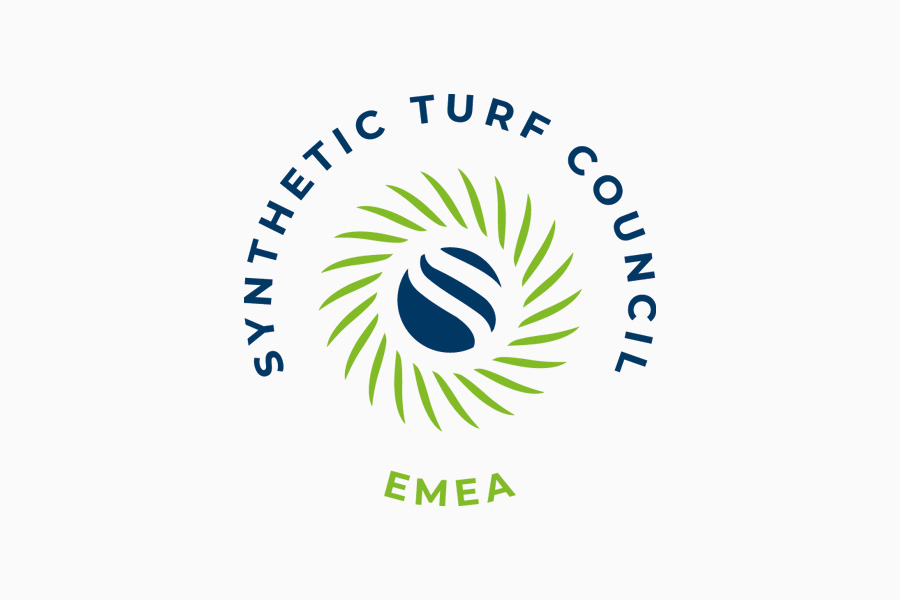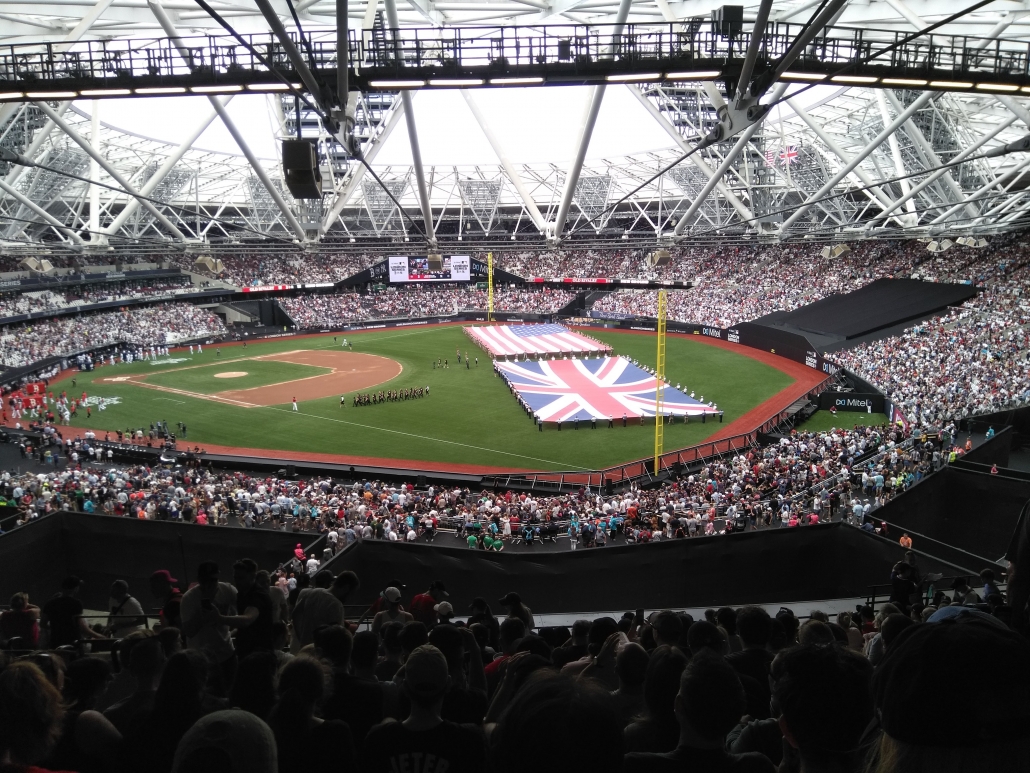Opening up about the end of use

The ESTC End of Use Working Group reflects the entire synthetic turf value chain. Its purpose is to collect and build on the experience and best practices to recapitalise on old synthetic turf. Working Group chairman Eric O’Donnell reports. The recycling and removal of synthetic turf has become a hot topic in recent debates. With […]
Guideline for recommissioning a field after lockdown

Handy tips and guidance on how to recommission a synthetic turf field after lockdown have all been captured in the ESTC Guidelines for Preparing your synthetic turf field for use after lockdown. The document has been drafted by the ESTC Maintenance Working Group. The one-page document addresses all important aspects clubs and municipalities have to […]
FIH latest affiliate member of ESTC

EMEA Synthetic Turf Council (ESTC) is pleased to announce that the Fédération Internationale de Hockey (FIH) has joined ESTC as an affiliate member. The affiliate membership enables FIH to interact directly with the synthetic turf industry and to participate in the various ESTC knowledge forums. ESTC Director General Stefan Diderich calls the membership a milestone […]
Synthetic turf helps MLB to deliver

Since the American Major League Baseball organization targeted Europe as a key growth market, it knew upfront that the stakes would be high for any baseball game played on European soil. The London Olympic stadium was identified as being the perfect venue. The synthetic surface temporarily installed for the fantastic event delivered the finishing touch. […]